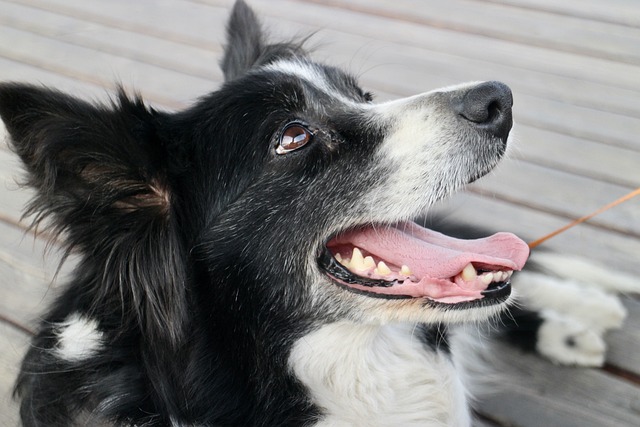
How do i train my dog to be obedient?
Watching your dog dart across the park ignoring your calls isn’t just frustrating—it can put them at risk near busy streets or public spaces.
How to correct a disobedient dog? It’s a frustration nearly every dog owner faces—whether it’s a pup ignoring your “come” command, a adult dog jumping on guests, or a rescue with stubborn habits. The good news is that most disobedience stems from confusion, not defiance, and with the right approach, you can build better communication.
Positive reinforcement is your strongest tool. Dogs learn fastest when good behavior gets rewarded—think treats, praise, or a favorite toy. If your dog sits when asked, immediately give them a small snack and excited words; they’ll start connecting “sit” with good things. Yelling or punishment? It often backfires, making them anxious or scared, which only worsens stubbornness.
Consistency matters more than you might think. If one family member lets the dog jump on them but another scolds, your pup will be confused about the rule. Decide on clear boundaries—no jumping, staying off the couch, whatever applies—and stick to them. Use the same short commands every time, like “off” instead of mixing in “down” or “get off.” Dogs thrive on routine, so repeating these cues in the same tone helps them catch on faster.
 Understanding why your dog acts out can solve half the problem. Chewing shoes might mean they’re teething or bored, not being “bad.” A dog that pulls on the leash could be overexcited by new smells. Address the root cause—give them chew toys, add more walks, or practice calm leash skills in quiet areas first. This isn’t just about correcting behavior; it’s about meeting their needs so they don’t feel the urge to act out.
Understanding why your dog acts out can solve half the problem. Chewing shoes might mean they’re teething or bored, not being “bad.” A dog that pulls on the leash could be overexcited by new smells. Address the root cause—give them chew toys, add more walks, or practice calm leash skills in quiet areas first. This isn’t just about correcting behavior; it’s about meeting their needs so they don’t feel the urge to act out.
Keep commands short and clear. Dogs don’t process long sentences, so “stay” works better than “please don’t move from that spot until I say so.” Pair words with hand signals—many dogs respond faster to visual cues. Timing is key too: correct a behavior while it’s happening, not 10 minutes later.
Socialization and exposure play a role too. A dog that’s never met children might jump out of fear, not rudeness. Gradually introducing them to new people, animals, and environments—with lots of rewards for calm behavior—builds confidence. This helps them stay focused on you, even in distracting situations. Just be sure to follow local laws about leashing and public access; keeping your dog under control isn’t just polite, it’s often required.
If progress feels stuck, don’t hesitate to call a professional. Certified trainers use science-backed methods that align with animal welfare standards, avoiding techniques that could harm your dog or strain your bond. They can spot patterns you might miss—like a dog acting out because of separation anxiety—and tailor a plan to your specific situation.
Remember, patience is non-negotiable. Changing behavior takes weeks, not days, and setbacks are normal. Celebrate small wins: a single “sit” when they’ve been ignoring you, a moment of calm before jumping. With time, consistency, and kindness, you’ll turn frustration into a stronger, more trusting relationship—one where your dog wants to listen, not because they have to, but because they know it makes you both happy.

Watching your dog dart across the park ignoring your calls isn’t just frustrating—it can put them at risk near busy streets or public spaces.

New puppy owners often find themselves rushing to clean up accidents before they set in, and that’s where puppy pad training becomes a game-changer.

If you've noticed your dog's waistline disappearing and your veterinarian has mentioned those few extra pounds, your first instinct might be to simply reduce the amount of food in their bowl.

Training a dog to use a designated spot indoors isn’t as daunting as many new owners fear, but it does take consistency and an understanding of your pet’s needs.

That moment of dread on a walk is all too familiar for many new dog owners. You see another dog approaching down the sidewalk of your neighborhood

If the sight of another dog on your neighborhood walk makes your heart sink as your own dog erupts into a frenzy of barking and lunging, you're not alone.